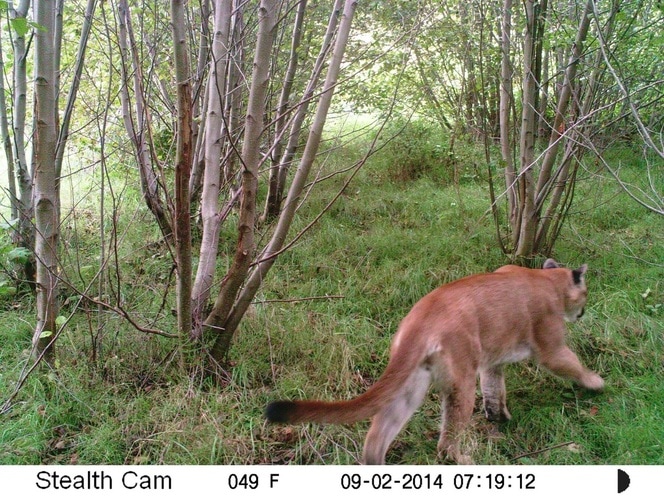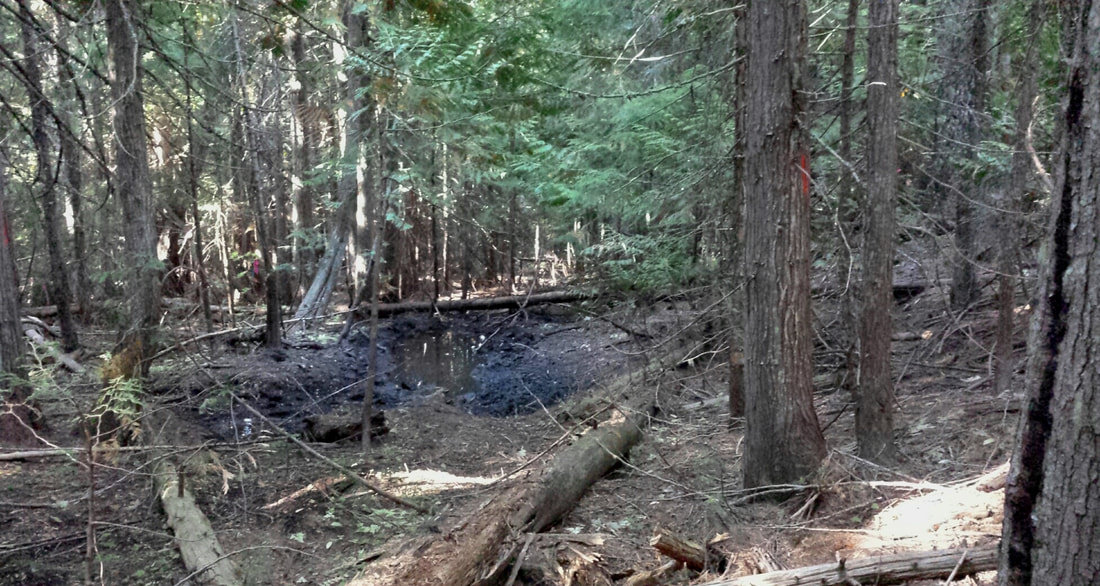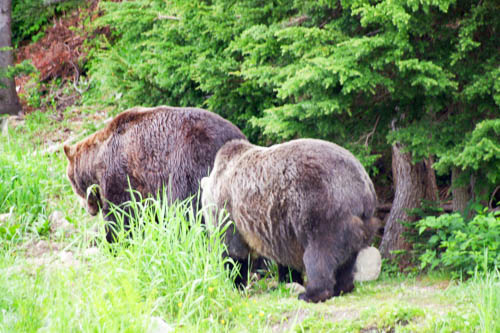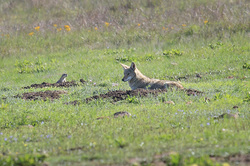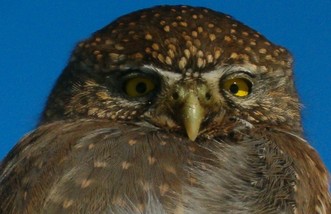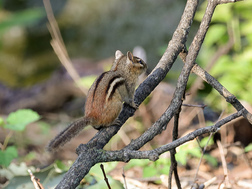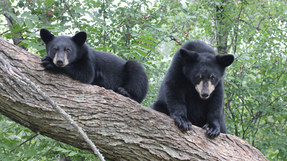Almost No Protection for Water, Old Growth, Animals, & Habitat
The watershed is home to many birds, owls, bobcats, cougars, coyotes, otters, weasels, squirrels, trout etc... In the summer of 2016 there was a grizzly family here in the community: a sow and 2 very large two year old cubs. When I spoke to a long time Glade resident, they said it was extremely rare to see grizzly in the community. Grizzlies have been sighted and known to be present in the neighbouring watershed area, where extensive logging, road building, and motorized recreation traffic exists. It could be that the industrial traffic there encouraged her to move elsewhere.
The objective set by government (IE: protecting water values in community watersheds) applies only to the extent that it does not unduly reduce the supply of timber from British Columbia's forests.
As well, all other objectives set by government relating to soil health (Section 5), wildlife values (Section 7), water, fish, wildlife and biodiversity within riparian areas (section 8), fish habitat in fisheries sensitive watersheds (Section 8.1), wildlife and biodiversity (section 9) only "apply to the extent that it does not unduly reduce the supply of timber from British Columbia's forests." Forest and Range Practices Act, Forest Planning & Practices Regulation [Feb 2016].
As well, all other objectives set by government relating to soil health (Section 5), wildlife values (Section 7), water, fish, wildlife and biodiversity within riparian areas (section 8), fish habitat in fisheries sensitive watersheds (Section 8.1), wildlife and biodiversity (section 9) only "apply to the extent that it does not unduly reduce the supply of timber from British Columbia's forests." Forest and Range Practices Act, Forest Planning & Practices Regulation [Feb 2016].
Meanwhile, the BC government tells the public that: "FRPA standards and requirements ensure high levels of protection for resource values while streamlining planning processes for both government and industry."
https://www2.gov.bc.ca/gov/content/environment/natural-resource-stewardship/policy-legislation/legislation-regulation/forest-range-practices-act
An article (Globe and Mail 2015) "B.C.’s Wildlife Policy Skirts Issue of Habitat Loss Due to Logging" examines some of the government policies and how at-risk species are 'worked around' in order to maintain logging values.
A Ministry of Forests briefing document obtained by The Globe and Mail shows the province proposes to invest $115-million in the 'Forest Enhancement' plan.
In effect, it’s a massive subsidy to encourage the logging of marginally valuable forest – and one of the key targets will be the last existing old growth on the coast.
And further that the government:
Rather than restricting logging to save dwindling herds of mountain caribou, the government has launched a wolf cull. Instead of setting aside old growth to protect an endangered goshawk population, the government works with the forest industry to devise a species-at-risk plan that doesn’t require a reduction in logging.
In the Peace River Valley, where the Site C dam will flood prime moose habitat, the government proposes to help the moose not through habitat improvement, but by restricting hunting.
British Columbia’s government has been meeting with the forest industry to develop plans to save endangered caribou, and the province appears to have launched its controversial wolf cull program to avoid putting further restrictions on logging. From an article in the Globe and Mail, Vancouver.
...briefing notes prepared for meetings between B.C. Environment Minister Mary Polak and industry representatives in 2014 suggest the government was prompted by the forest industry to launch the wolf cull because of fears a federal recovery plan for caribou would demand more logging areas be set aside.
And it continues today in 2019 as the Premier puts a moratorium, introduced just one month earlier - to actually protect caribou - on hold to 'mend fences'. https://www.ominecaexpress.com/news/plans-to-save-threatened-b-c-caribou-on-hold-as-ndp-mends-fences/

